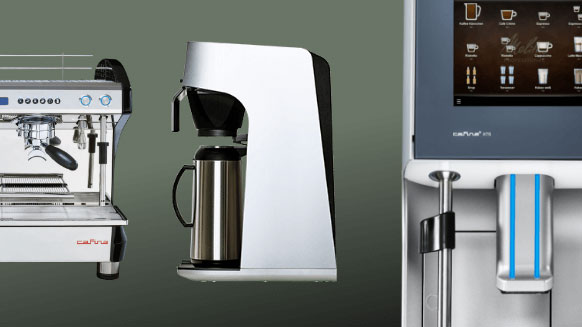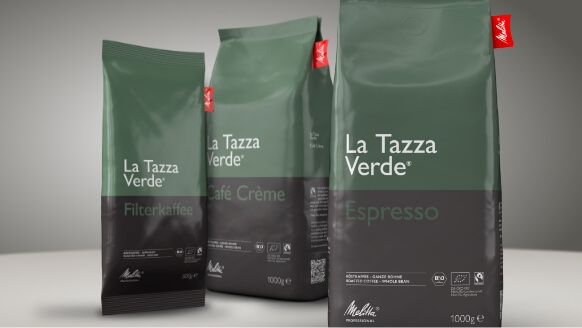Mouthfeel is the key to good taste
Somatosensation (mouthfeel), or haptics, is probably the most underestimated area of sensory perception. Whereas most people are at least conscious of taste (gustation) and smell (olfaction), they are mostly blissfully unaware of the importance of mouthfeel. However, it is just as important for the overall taste perception (flavor profile) as gustation and olfaction.
This can be easily illustrated by a few practical examples. Perfectly cooked spaghetti still has a slight bite to it – called “al dente” – whereas spaghetti that has been overcooked becomes mushy. The nutritional value of both is identical, but most people have a clear preference for spaghetti that is not too soft in the mouth.
Crusty bread
The same applies to bread. The crust should be firm and crispy rather than soft and squishy – even if taste and aromas are the same.
The haptic sensation is often underestimated above all in the case of beverages. Yet here too, the drinking temperature (which is also part of the mouthfeel) and viscosity are decisive factors in determining whether someone prefers or rejects a certain beverage.
The main difference between sparkling wines (such as champagne and prosecco) is their effervescence, i.e. the fizziness or carbonic acid content. If the carbonic acid is well integrated, it produces a creamy, velvety mouthfeel. If the carbonic acid dosage is too high, it is perceived as aggressive or even painful in the mouth. The same applies to mineral waters, which also have different levels of fizziness (from classic soda to medium fizzy mineral water to still water).
Softer wheat beer
Haptics is also an important aspect for beer – depending on the type of yeast used (i.e. top fermenting or bottom fermenting) and the beer’s enrichment with carbonic acid. This is also the reason why wheat beers have a softer mouthfeel.
In the case of coffee, the haptic sensation is also regarded as the key to a perfect cup – whether filter coffee, espresso, cappuccino or nitro coldbrew. They all have a certain mouthfeel and offer scope for clear preferences.
Oily espresso
An espresso without an oily, slightly viscous mouthfeel and crema is disagreeable and will not tempt us to order a second one. Likewise, a cappuccino with a velvety, creamy mouthfeel is a delight – in contrast to a hellishly hot, watery (and offer bitter-burnt) cappuccino.
So, always have a feeling for the coffee you serve! And your guests will also feel better!







